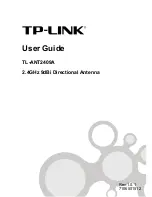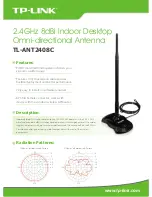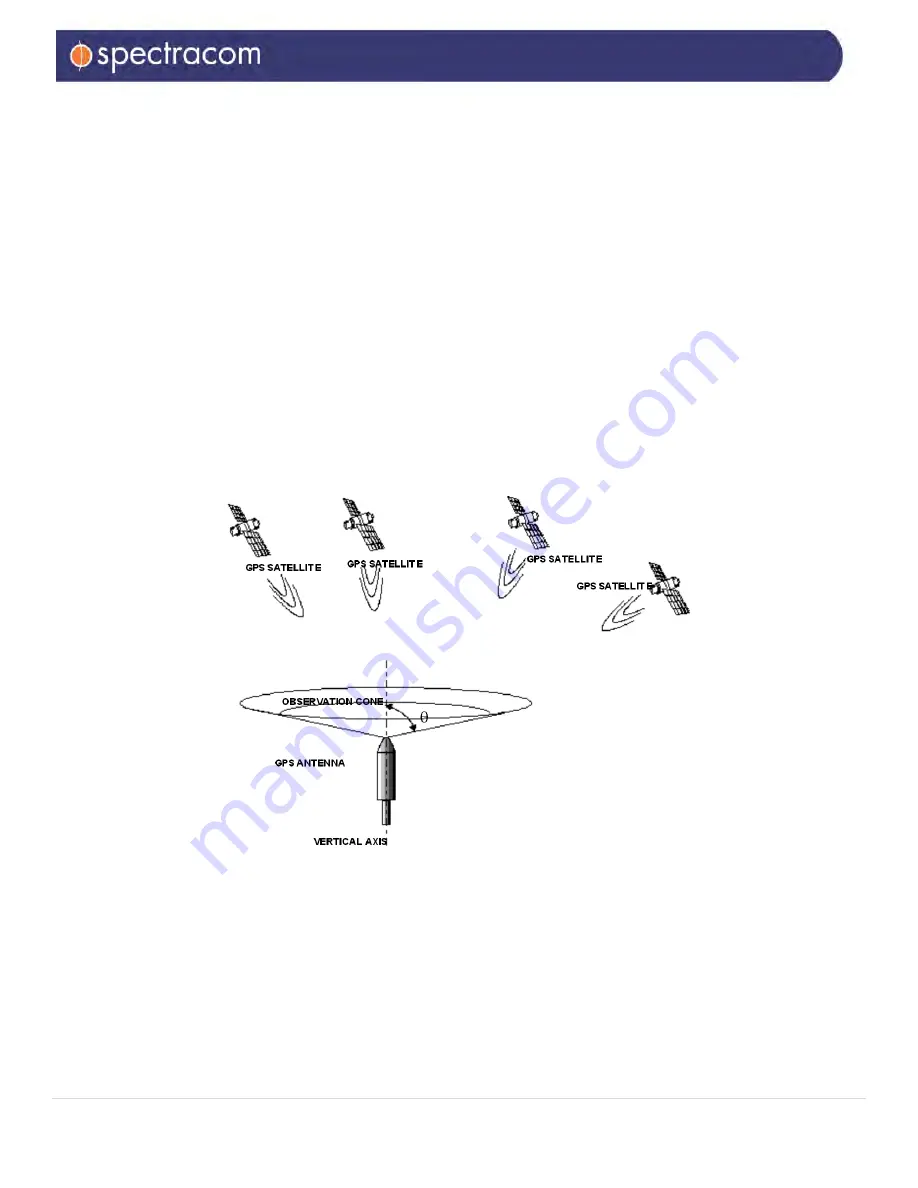Reviews:
No comments
Related manuals for Spectracom

GPS 17x NMEA 0183 HVS
Brand: Garmin Pages: 48

140CP14M
Brand: M2 Antenna Systems Pages: 7

436CP16
Brand: M2 Antenna Systems Pages: 6

Traveller-Man 3
Brand: Megasat Pages: 68

Manpack
Brand: iNetVu Pages: 22

Tooway
Brand: BigDishSatellite Pages: 4

TL-ANT2406A
Brand: TP-Link Pages: 2

TL-ANT2409A
Brand: TP-Link Pages: 6

TL-ANT2408C
Brand: TP-Link Pages: 2

CMAX-DM20
Brand: CommScope Pages: 4

TRINOVA BOSS
Brand: Televes Pages: 12

J-283X
Brand: WADE Antenna, Inc. Pages: 4

HP 2000
Brand: Sirio Antenne Pages: 2

HP 2070
Brand: Sirio Antenne Pages: 2

9815-RJ
Brand: King Controls Pages: 32

17740.6-5
Brand: EAntenna Pages: 17

AV-14AVQ
Brand: Hy-Gain Pages: 23

23CM22EZB
Brand: M2 Antenna Systems Pages: 6




